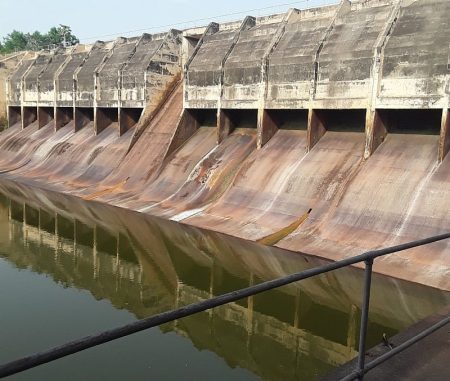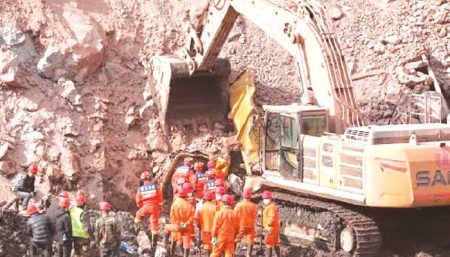Paragraph 1: The Incident and Context
On Wednesday night, a joint air strike by Somali and US forces targeted an Al-Shabaab gathering in Adan Yabaal, a town approximately 220 kilometers north of Mogadishu, Somalia. The strike, which was confirmed by the Somali information ministry, came in response to an ongoing Al-Shabaab raid on the town, a strategic location used as a base by Somali military commanders. This incident underscores the persistent threat posed by Al-Shabaab, an Al-Qaeda-affiliated Islamist group, despite recent territorial losses. The group’s resurgence, marked by escalating attacks including one targeting President Hassan Sheikh Mohamud’s convoy, has raised concerns about the potential for a renewed jihadist campaign in the region.
Paragraph 2: The Strike and Immediate Aftermath
The Somali information ministry, in a statement posted on X (formerly Twitter), declared the joint air strike a success, claiming it “neutralized the threat posed” by Al-Shabaab. The statement identified the targeted location as a known Al-Shabaab gathering and hideout. Preliminary reports from the ministry indicated that 12 Al-Shabaab operatives were killed in the strike, including several senior leaders within the organization. This information, however, remains preliminary and awaits further confirmation from independent sources. The targeted nature of the strike suggests a level of intelligence gathering and coordination between Somali and US forces.
Paragraph 3: Adan Yabaal’s Strategic Significance
Adan Yabaal holds strategic importance in the ongoing conflict with Al-Shabaab. Somali government forces, backed by African Union peacekeeping troops, reclaimed the town from Al-Shabaab in December 2022 as part of a larger offensive. The town’s recapture represented a significant victory for the government, disrupting Al-Shabaab’s operations and control in the region. However, the recent Al-Shabaab raid demonstrates the group’s persistent ability to launch attacks and challenge government control, even in areas previously liberated. The town’s use as a base for Somali military commanders further explains why it was targeted by Al-Shabaab, as such an attack would have both tactical and symbolic value for the militant group.
Paragraph 4: Al-Shabaab’s Resurgence and Tactics
Al-Shabaab’s recent activities indicate a worrying resurgence of the group’s capabilities. While the group has suffered setbacks in recent years, losing territory and key leaders, it continues to demonstrate an ability to plan and execute complex attacks. The attack on President Mohamud’s convoy, along with the raid on Adan Yabaal, suggests a deliberate strategy to disrupt government operations and undermine its authority. These attacks also highlight the group’s adaptation and resilience, demonstrating its capacity to regroup and launch offensives even after suffering significant losses.
Paragraph 5: The Role of International Partners
The joint nature of the air strike underlines the ongoing role of international partners, particularly the United States, in supporting Somalia’s fight against Al-Shabaab. The US Africa Command’s involvement signifies the continued commitment to counterterrorism efforts in the region. This cooperation involves not only military support but also intelligence sharing and capacity building for Somali security forces. The long-term goal of this international partnership is to enable Somali forces to independently address the threat posed by Al-Shabaab and maintain stability within the country.
Paragraph 6: The Future of the Conflict
The recent events in Adan Yabaal highlight the complex and ongoing nature of the conflict with Al-Shabaab. While the Somali government, supported by international partners, has made progress in reclaiming territory and weakening the group, Al-Shabaab remains a resilient and adaptable adversary. The group’s ability to launch attacks, even in areas under government control, demonstrates the continuing challenge. The future of the conflict likely hinges on the Somali government’s ability to consolidate its control over reclaimed territories, improve security, and address the underlying conditions that contribute to Al-Shabaab’s influence. Continued international support and collaboration will be crucial in achieving these objectives and ensuring long-term stability in Somalia.














